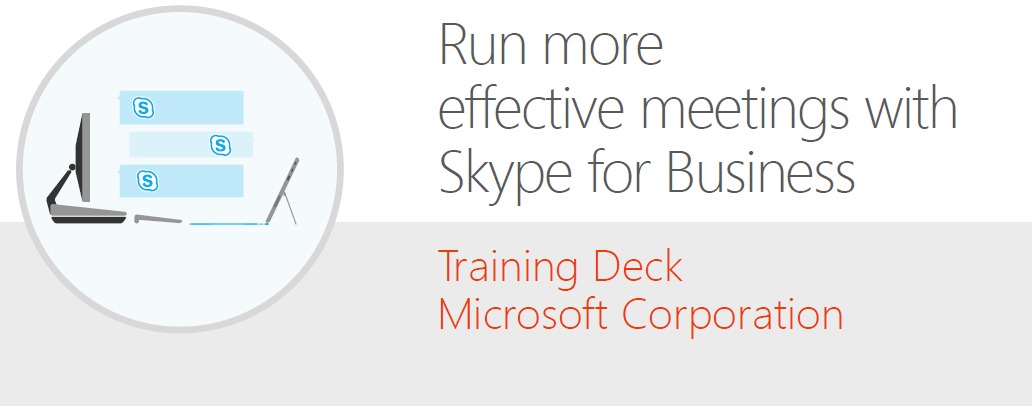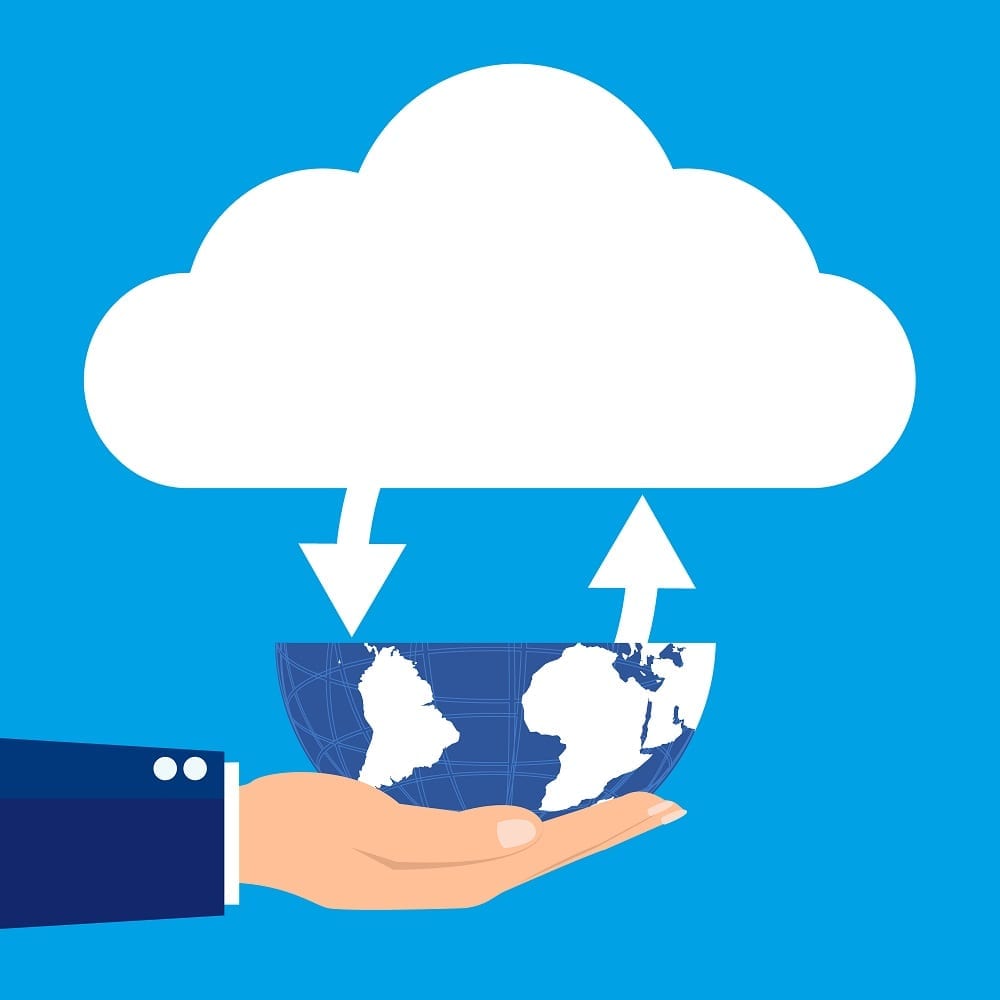
The Mythical, Magical Cloud By Kate Frasure, Customer Development Manager
I was standing in Verizon Wireless the other day to upgrade my phone. The salesman I was working with was describing to me the process of transferring the data from my current phone to the new one via the cloud back-up.
When I started to speak, I noticed my hand made a gesture as if I was talking about a physical ‘cloud’ in the sky. It’s amazing how the branding of essentially data that is just located in a big data center, offsite, has been made to appear more like a mythical, magical world where our data lives.
As one of our engineers pointed out to me, ‘the cloud’ has been around longer than you may think. If you ever setup a Hotmail or Yahoo email account, or even if you have a Gmail account today, you are utilizing the cloud for your mail because the email data is housed on a server in a datacenter somewhere in the United States.
Of course today, it is not just email anymore. You can now setup your entire business network infrastructure in the cloud and not only that, there are various services you can choose from. So who should you choose?
Unfortunately, there is not a one-size-fits-all solution. Each service offers you a variety of options and it is up to you to determine which mix of services best fits your business needs.
Lucky for you, we have put together a quick side-by-side comparison to help you get started. While there may be a variety of options out there, we decided to look at three of the most well-known, Amazon Web Service (AWS), Microsoft Azure, and Google Cloud Platform (GCP).
| Amazon Web Service (AWS) | Microsoft Azure | Google Cloud Platform (GCP) | |
Year entered market |
2006 |
2010 |
2014 |
Hours of downtime in 2014 |
2.69 hours |
50.74 hours |
Under 5 hours |
Linux OS Support |
|
|
Not currently available |
Pricing & Models* |
|
|
|
Compliance |
GovCloud – meets ITAR (International Traffic in Arms Regulations), HIPAA, SOC 1-3, ISO 27001, FIPS 140-2 compliant endpoints, etc. |
Azure Government – still very new |
|
Pros |
|
|
|
Cons |
|
|
|
*Pricing Models: on demand – customers pay for what they use without any upfront cost; reserved – customers reserve instances for 1 or 3 years with an upfront cost that is based on the utilization; spot – customers bid for the extra capacity available
**PaaS (Platform as a service): Vendor provides the infrastructure and an application development platform that generally includes the operating system, database and web server. Customers managed only their applications.
About the author:
Kate Frasure is a Texas-born, Colorado-raised project manager. In her role as Customer Development Manager at Managed Solution, she oversees the process of bringing new clients on board and various other IT projects. Her diverse communications background and attention-to-detail contribute to her passion to improve processes to see businesses succeed. She is continuously looking to find the organization and flow that accompanies a streamlined business.
Continued Reading

June 30, 2015
Training Ebook: Run more effective meetings with Skype for Business
Download the Training Ebook (PDF) How Managed Solution Can Help: […]
LEARN MOREOffice365

July 1, 2015
Embrace the Cloud with Microsoft Cloud Solution Provider Program
Enabling Customers to Embrace the Cloud with Microsoft Cloud Solution […]
LEARN MOREPress Releases



